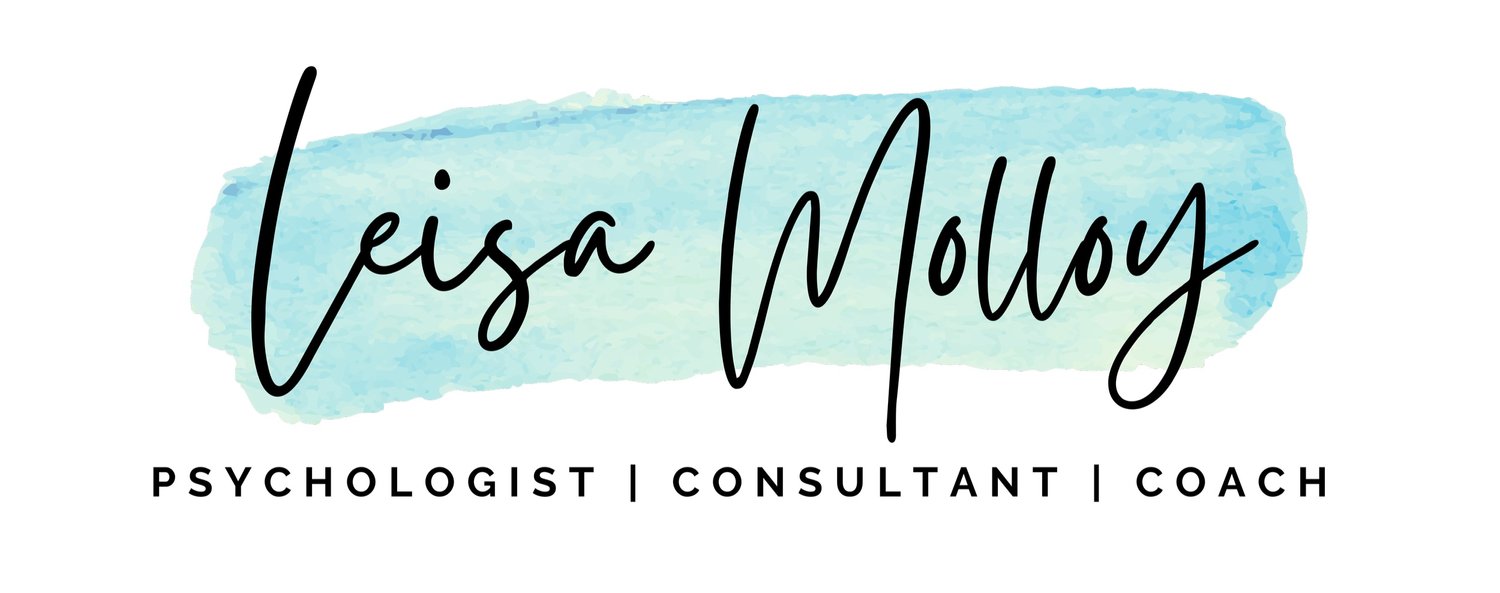On managing conflict, return to office messages, and being put into a 'box'...
This is the content from the March 2022 newsletter - enjoy! And be sure to sign up for the newsletter if you enjoy this kind of content :-)
Hey there! I hope you've had a great month and are doing well. This month's newsletter includes content relating to many of my favourite topics - listening, handling tricky conversations, building trust, and developing stronger self and 'other' awareness. I hope you'll enjoy exploring everything I've included!
How do you respectfully discuss contentious issues at work?
This HBR article was bound to make it into my newsletter given the focus on handling tricky workplace conversations! It's an interesting exploration of the 'stories' our minds tell us when raising an emotionally or politically risky issue, and how this can generate uncomfortable emotions that we then bring into the conversation, potentially exacerbating any conflict (argh!).
Some strategies for mitigating this are also covered – maintaining curiosity, creating psychological safety, and sticking with the facts when talking about others' behaviour or actions. A statistic that I found interesting was that in the authors' recent survey of over 1400 people, 9 out of 10 reported feeling emotionally or physically unsafe to speak their mind at some point over the last 18 months - wowsers!
The article was written by one of the authors of "Crucial Conversations", a book that I regularly revisit and recommend to clients when delivering challenging conversations programs. You can find the article here.
Have you ever been put into a 'box'?
My desire to share this article was sparked by a recent conversation with another psychologist, where we vented our frustrations around the ongoing practice of using unreliable "type" indicators when exploring personality.
By this, I mean those personality tools and assessments that put people into one of a few previously defined 'boxes' or categories based on their results (e.g. red or blue, D or S, right-brain or left-brain, introverted or extraverted, etc.). Personally, I'm not a huge fan of this approach. While usually well-intentioned, my experience suggests that these tools can be quite limiting and often miss the point when it comes to building greater insight around yourself and others. As noted in the article, "there is really no such thing as a type - every personality trait is on a continuum, and it is very rare to be on one extreme or another."
You can find the article by organisational psychologist and Wharton professor Adam Grant by following this link - I hope you enjoy the mix of humour and evidence that is typical of Grant's style! And if you want to dig a bit deeper you can also read Grant's other article on the same topic.
Are your "return to office" messages missing the mark?
Over the last week I've had a few conversations with clients on this topic - but with an acknowledgement that we were having the exact same conversation at around the same time last year, and then everything changed again (another argh!)
Nevertheless, this McKinsey article might be helpful for some. It includes some insightful suggestions on having thoughtful, two-way conversations with employees about returning to the office, with the authors suggesting five key strategies for getting this 'right'. To me, the headlines make a lot of sense – these include getting clear on your "why", recognising that one size does not fit all, and treating this as an engagement rather than a one-way communication.
Another key message relates to acknowledging the impact of this change, because it is, in fact, yet another change that employees need to navigate. You can find the McKinsey article here.
Want to have better, deeper conversations?
Is becoming a better listener one of your development goals? And do you enjoy listening to music? If you said "yes" to both of those questions, you'll probably enjoy this TED talk where musician and podcast host Hrishikesh Hirway draws out some clever parallels between listening to music and engaging in conversations.
A key message is that every conversation has the potential to go deeper, allowing us to better understand others - if only we just stop and truly listen. Hirway makes a great point on the topic of multitasking when he says "Imagine trying to listen to a song while singing a different song in your head. You can't do it, or you can't do it well." He also makes a great point about the common mistake of jumping in with your own story as a way of connecting with others - but you'll have to listen to hear that one!
If you are keen to watch you can find the TED talk here. Many of the key points from Hirway's talk have also been included in this article about having better, deeper conversations.
How can you more effectively manage conflict?
It's no secret that I'm a huge fan of Adam Grant's work, as evidenced by sharing another piece of his content this month! This episode from his WorkLife Podcast includes an exploration of the science behind managing individual and team conflicts, in part through better understanding what our clashes are actually about.
I really enjoyed the deep dive into different types of conflict (task, relationship, and status conflict), agreeing that different strategies are often required to tackle these. As always, Grant includes some interesting 'real life' examples to illustrate his key points. You'll hear about the benefits of travelling down the ladder of inference, building self-awareness and 'other awareness', and gaining clarity around individual roles and expectations. I'm a big believer in the value of leaders and their teams having conversations about some of this upfront - before it reaches the point of becoming a problem. If this is something you are interested in doing with your team, be sure to reach out.
You can find the podcast episode here on the Work Life website, or here on Spotify or Apple Podcast.
Are you demonstrating these 'marble jar' behaviours?
This month's resource has been inspired by the many conversations I've been hearing lately about trust (or rebuilding trust) in the workplace. If you are a Brené Brown fan, you've probably seen this before - if not, it's definitely worth checking out. One of the great resources available via the Dare to Lead hub, the BRAVING inventory can be used in a few different ways by leaders and groups. It can be used as a self-reflection tool - e.g. How consistently do I demonstrate these behaviours? What would others say? Or as a conversation guide for exploring trust behaviours within groups or teams - e.g. What would we be consistently doing and saying to demonstrate these attributes? What might get in the way for us?
For those keen to watch or revisit the story behind the BRAVING acronym, you might also enjoy this video.
Thanks for reading! Feel free to share with anyone who might find these insights helpful, or who might want to sign up and join the community.






